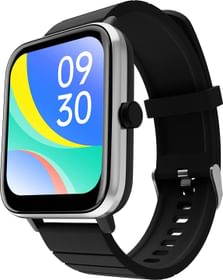Apple’s iPhone is prominent in its image processing qualities. Using the best Sony image sensors and perfect image processing software, Apple has stayed ahead of other smartphones. The tradition will continue as Sony brings out the best for Apple.
Sony will start shipping out new ‘state of the art’ image sensors to Apple for the new iPhone. In the report by Nikkei Asia, Sony Semiconductor Solutions’ new image sensor will improve light sensitivity and overall image processing.
Getting neck-to-neck competition from Samsung for providing image sensors to Apple. This new image sensor by Sony will ramp up the manufacturer’s position in high-definition photography technology.
Art of ‘state-of-the-art’ image sensor
In technical terms, the new image sensor almost doubles the saturation level in each pixel compared with conventional sensors. This will enable a smartphone to take detailed portraits with a hard backlight by reducing overexposure and underexposure.
The manufacturer had this achievement by using a new semiconductor architecture that places photodiodes and transistors in separate substrate layers. As this allows the sensor to add more photodiodes to the dedicated layer, it’ll help a lot in low-light photography.
Sony’s globally capturing light
With more than 44% global market share of CMOS image sensors in 2021, Sony has targeted to achieve a 60% market share by 2025. Although, Samsung is catching up quickly by already being 2nd largest manufacturer. Having more YoY growth than any other brand in the domain.
The new sensor by Sony being used in Apple devices will also help Sony in reviving and uplifting the brand name. The new iPhone will be a major upgrade; with a smaller fabricated chip, Type-C port, and periscope telephoto lens with 10x zoom can be a few features off the list.
Let’s hope that we, as consumers get the best of both worlds of technology and photography.




























